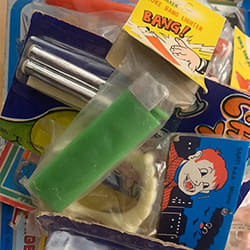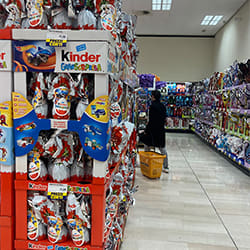
Image1
The planning itself began three years before the final vote in Lausanne in 1986 to determine the host of the Olympics. The project started back in 1983, when Isozaki accepted a request from Pasqual Maragall, mayor of Barcelona at the time, to participate in a competition. The concept was to keep the building low in order to keep it from being overbearing, while also digging into the ground to secure interior space, resonate with the surrounding environment, and express the identity of Barcelona. This identity is expressed by the design around the perimeter of the structure that represents the gentle waves of the Mediterranean Sea. Furthermore, the construction is reminiscent of the Japanese Shinden-zukuri architectural style that dates back to the Heian Period (794-1185), which consists of a large space with almost no walls containing a main building, pillars, and eaves. Image 1 is a concept drawing of the design.

Image2

Photo1

Photo2
The other main architect in charge of its structural design was Dr. Mamoru Kawaguchi, inventor of the Pantadome Method, which allowed the arena to be constructed safely and in a shortened period of time. Image 2 shows a section assembled on the ground and then hoisted up like a pantograph on the roof of a train. In this way, they were able to both incorporate the latest technology of the time while also achieving a graceful appearance that upholds the Japanese tradition of coexisting with nature. Photo 1 shows the Pantadome roof structure in its lifted state. Five years after Palau Sant Jordi was completed in 1990, the same construction method was used to build the Namihaya Dome (now known as Towa Pharmaceutical RACTAB Dome, Osaka Prefectural Kadoma Sports Center) in Kadoma City, Osaka.
Palau Sant Jordi is still used as a multipurpose venue for concerts and other events, and is of course a venue for sporting events of various kinds, ranging from monster truck car-crushing races and Davis Cup competitions on clay courts created by paving the arena floor with soil, to the 2013 World Swimming Championships held by installing a temporary swimming pool. Photo 2 shows the temporary pool being installed. That particular swimming event was where Japanese swimmer Kosuke Kitajima set new world records in the 100m and 200m breaststroke to win two gold medals. Some swimmers complained that it was difficult to swim in the temporary pool because the waves didn’t dissipate as easily as they do in normal pools, but Kitajima's response to that was a simple, “Eh, it didn’t make a difference.”

Photo3
Photo 3 shows Palau Sant Jordi standing on the hillside of Montjuïc, which was also the setting for the story of Don Quixote. The sculpture in the plaza in front of the arena is "Utsurohi," a work created by sculptor and wife of Isozaki, Aiko Miyawaki. Speaking of his wife, a surprising little piece (?) that is little known among Isozaki’s many works is the grave of Aiko Miyawaki's parents. It is a black tombstone with a deformed triangular shape reminiscent of a pyramid, which stands out from the more traditional-looking graves around it, yet is strangely harmonious with its surroundings.




























































